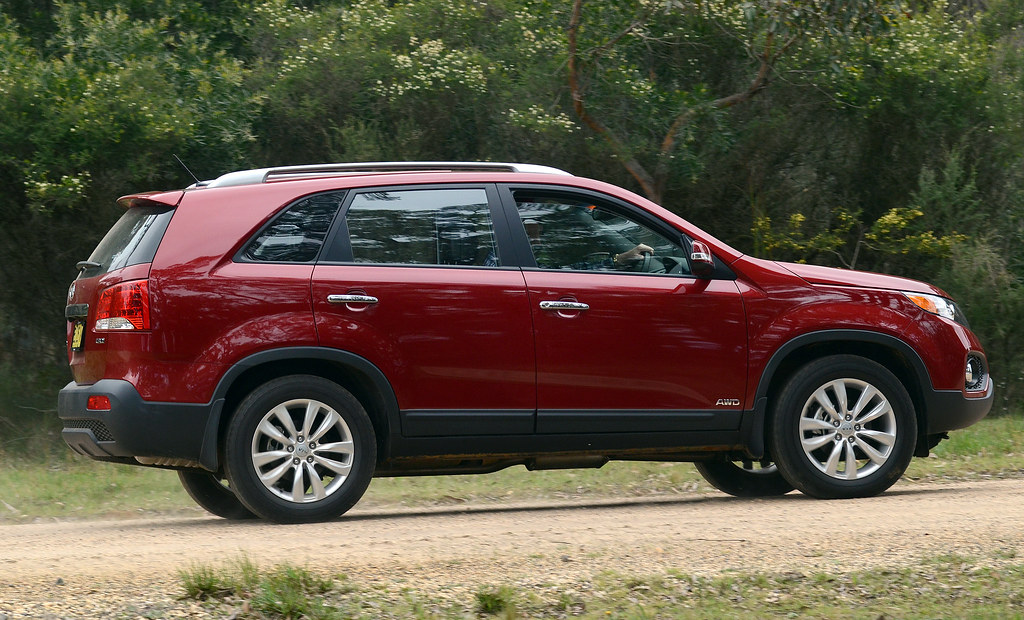In an era where technology takes the wheel, the journey of driving is undergoing a transformative shift. Vehicles are no longer mere vessels for travel but have evolved into intelligent companions designed to enhance safety, comfort, and efficiency on the road. At the heart of this evolution lies the Advanced Driver Assistance Systems (ADAS), a beacon of innovation aimed at reducing accidents and improving driving experiences. However, a closer inspection reveals a complex narrative, one where the promise of safety collides with unexpected risks, shedding light on a crucial debate surrounding the efficacy and reliability of these systems.
ADAS represents a significant leap forward in automotive technology. By integrating cameras, sensors, and radar, these systems offer a range of functionalities, from collision avoidance and lane-keeping assistance to adaptive cruise control and parking aid. The allure of ADAS is undeniable, promising to minimize human error, alleviate driver fatigue, and enhance night vision, among other benefits. In essence, ADAS serves as a vigilant co-pilot, extending an extra layer of protection to drivers and passengers alike.
Despite these advantages, recent findings from authoritative bodies like The Insurance Institute for Highway Safety (IIHS) and AAA have ignited a discourse on the unintended consequences of relying on ADAS. A groundbreaking report by the IIHS has cast a shadow on the safety assurances touted by carmakers, revealing that none of the 14 ADAS systems from various manufacturers could secure the esteemed ‘good rating’ in their evaluation. This revelation is alarming, especially when considering that these systems are marketed as safety enhancers. The report underscores the need for rigorous testing and monitoring to ensure that ADAS lives up to its safety promises and does not inadvertently contribute to road hazards.
One of the core issues highlighted is the potential for over-reliance on ADAS, which can lull drivers into a false sense of security. This over-confidence may lead to decreased attention and vigilance, thereby increasing the risk of accidents. The IIHS report further points out that most ADAS systems lack adequate mechanisms to ensure driver engagement, such as monitoring whether the driver’s eyes are on the road or if their hands are on the wheel. Moreover, the failure of these systems to consistently provide timely and effective alerts when drivers divert their attention poses a significant safety concern.
Another facet of the ADAS dilemma is the challenge of ‘intentional misuse’, where drivers exploit the capabilities of these systems beyond their intended use. The allure of ‘hands-free’ driving can tempt drivers to disengage from the driving process, a behavior that ADAS was never designed to support. This misuse not only jeopardizes the safety of the driver but also endangers other road users. Consequently, there is an urgent call for carmakers to implement safeguards that deter such misuse and ensure that ADAS functions as a complement, rather than a substitute, for attentive driving.
Despite these challenges, the potential of ADAS to revolutionize road safety remains undisputed. The technology itself is not the villain; rather, it’s the application and interaction with human behavior that merit scrutiny. As we navigate this crossroads, the path forward requires a collaborative effort among carmakers, regulatory bodies, and drivers themselves. Carmakers must prioritize the refinement of ADAS technologies, ensuring they are foolproof and user-friendly. Regulatory bodies should establish stringent standards and testing protocols to evaluate the effectiveness and safety of these systems. Meanwhile, drivers must recognize the limits of ADAS and remain engaged and responsible behind the wheel.
The journey of ADAS is emblematic of the broader journey of technological advancement. It is a journey fraught with challenges and learning curves, but also one teeming with potential and promise. As we steer towards a future where roads are safer and driving experiences are enriched, ADAS stands as a testament to human ingenuity and innovation. However, let us tread this path with caution, wisdom, and a collective commitment to ensuring that technology serves to protect, not endanger, the lives it is designed to enhance.
Related posts:
‘Safe’ driver assist tools could be doing more harm than good
Pros and Cons of Advanced Driver Assistance Systems (ADAS)
Advanced Driver Assistance Systems May Do More Harm Than Good, AAA Study Finds





